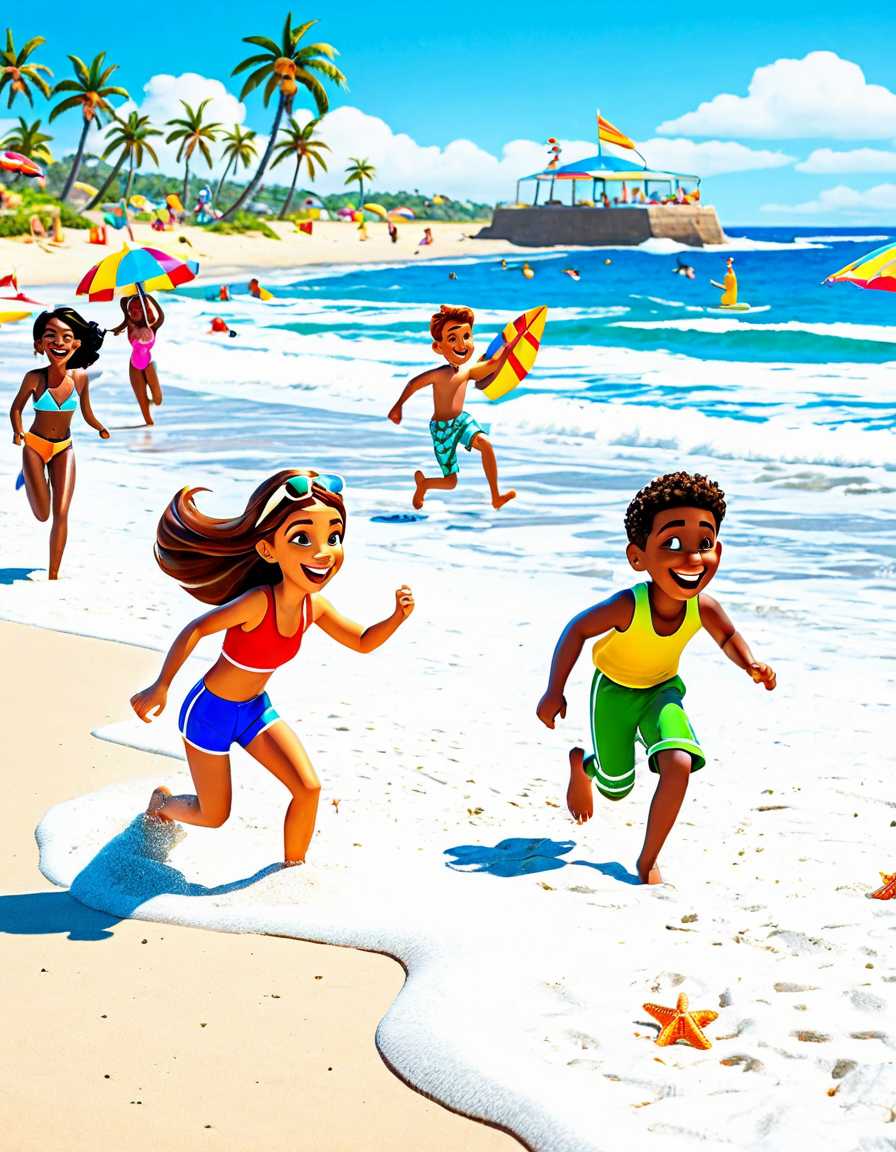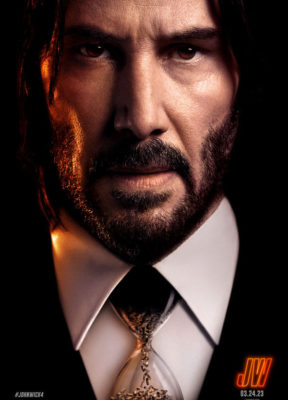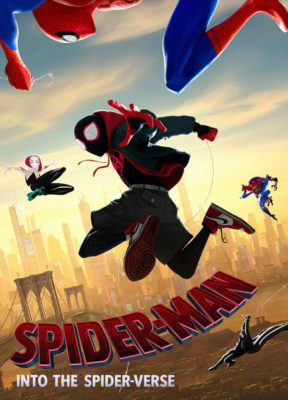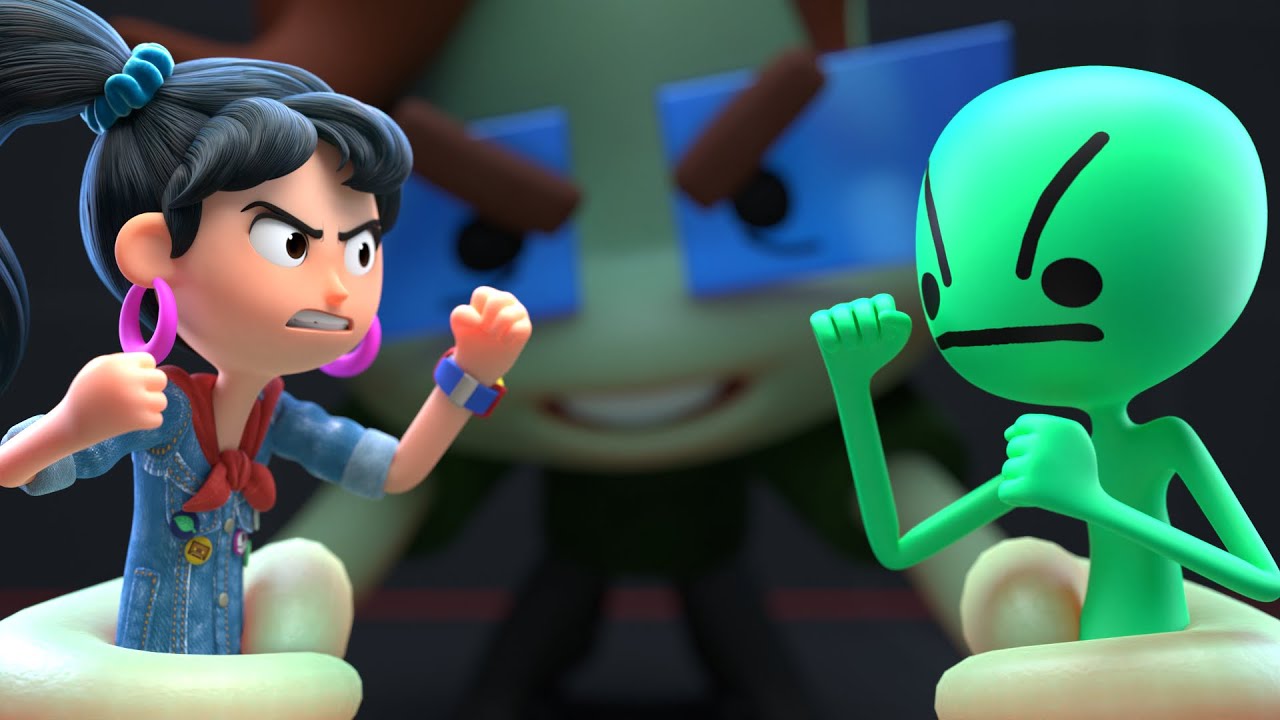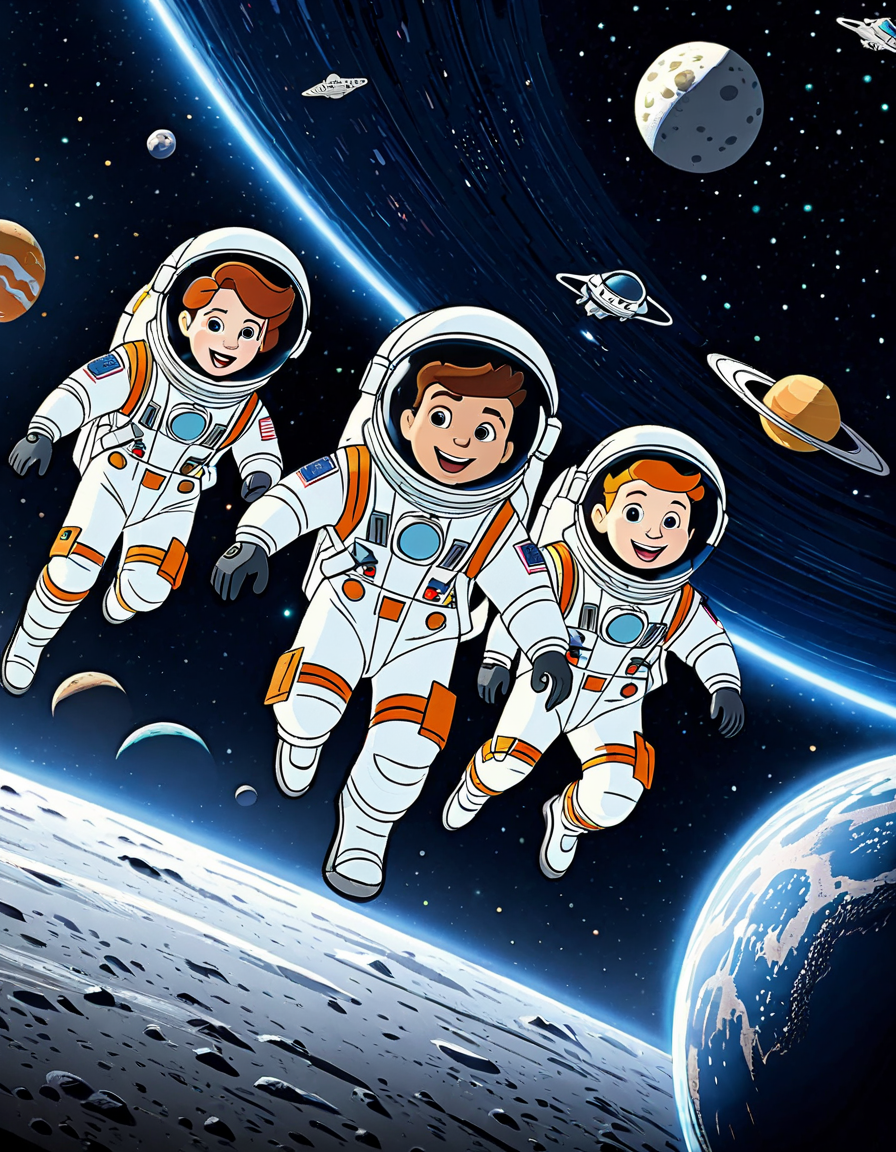
Animated Characters That Captivate Every Generation
Animated characters have stood the test of time, captivating audiences across generations. From childhood favorites to contemporary icons, these cartoon characters reflect our collective dreams, fears, and joys. They resonate with both the young and the young-at-heart, bringing life to our screens and sometimes even our hearts. Let’s dive into ten animated characters who have become timeless icons, each leaving a memorable mark on popular culture.
Top 10 Animated Characters: Timeless Icons Across the Ages
Mickey Mouse, created in 1928, isn’t just a cartoon character; he’s a symbol of joy and innocence. Mickey’s charm and playfulness embody the spirit of Disney, connecting with millions worldwide. Over decades, he has evolved, adapting to cultural shifts while maintaining his core values of optimism and kindness. Every generation finds something relatable in this little mouse, proving that good storytelling never ages.
Since his debut in 1989, Homer Simpson has become the quintessential American dad. With his hilarious yet relatable mishaps, he mirrors the evolving landscape of family dynamics in popular culture. Homer’s struggles with work, fatherhood, and aspirations resonate with many, making him a staple in the realm of animated television history. He embodies the comedic voice of a generation, illuminating both the absurdities and warmth found in family life.
Introduced in 1940, Bugs Bunny has become synonymous with cleverness and charm. This iconic character teaches valuable lessons about resilience and wit through his famous one-liners and comedic antics. Bugs embodies a carefree attitude that resonates with audiences, making him a beloved fixture in American culture. His catchphrase, “Eh, what’s up, doc?” continues to endear him to fans of all ages.
Since 1999, SpongeBob SquarePants has ridden the waves of popularity, becoming a cultural juggernaut. His unwavering optimism and silly adventures in Bikini Bottom captivate both children and adults. The show’s clever humor often carries deeper messages about friendship, hard work, and embracing one’s quirks. The phenomenon surrounding SpongeBob has led to movies, merchandise, and even a Broadway musical, proving that his influence stretches far beyond animated television.
Beyond her legendary role in the films, Princess Leia’s character in Star Wars: The Clone Wars showcases her strength and leadership. She inspires a new generation with her determination, challenging traditional gender roles in animated storytelling. As a representation of female empowerment, Leia resonates deeply, ensuring her legacy continues to inspire. The iconic character encourages young viewers to forge their paths and stand up for what’s right.
Elsa, from Disney’s Frozen, burst onto the scene in 2013, captivating audiences with her journey of self-acceptance. Her relationship with sister Anna, coupled with her beautiful anthem “Let It Go,” speaks to modern themes of individuality and empowerment. Elsa represents a shift in animation, emphasizing emotional depth and resilience, connecting with millennials and Gen Z alike. Her story encourages breaking societal expectations and embracing authenticity.
Finn the human and Jake the shape-shifting dog have taken audiences on adventures through the Land of Ooo since 2010. Their escapades offer lessons in bravery, friendship, and imagination, appealing to viewers of all ages. Adventure Time’s quirky style and unique storytelling captured the hearts of fans, blending humor with touching messages. These characters invite their audience to embrace the unpredictability of life and celebrate their uniqueness.
Daria is the quintessential voice of teenage disillusionment, offering a sharp critique of suburban life. A character from the late ’90s and early 2000s, she engages young adults grappling with societal expectations and personal identity. Her intelligence and independence resonate with viewers, showcasing the power of self-reflection. Daria remains a steady reminder of the importance of authenticity and critical thinking in any generation.
Mulan, an emblem of courage, defies traditional gender roles in her quest for honor and family. Her character arc, seen through the lens of both animated and live-action adaptations, highlights changing perceptions of female strength. Mulan’s journey encourages audiences to challenge stereotypes and fight for their beliefs. She embodies resilience, making her an enduring symbol of empowerment.
Since 2013, Rick Sanchez has become iconically disruptive with his cynical genius and reckless escapades. He provokes viewers to explore deeper philosophical questions while delivering gut-wrenching humor. Rick’s complex character appeals to a broad fanbase, from teenagers to adults, reflecting a changing cultural landscape that embraces darker themes in animation. His antics push boundaries and challenge conventional narratives, demonstrating the potential of animated storytelling.
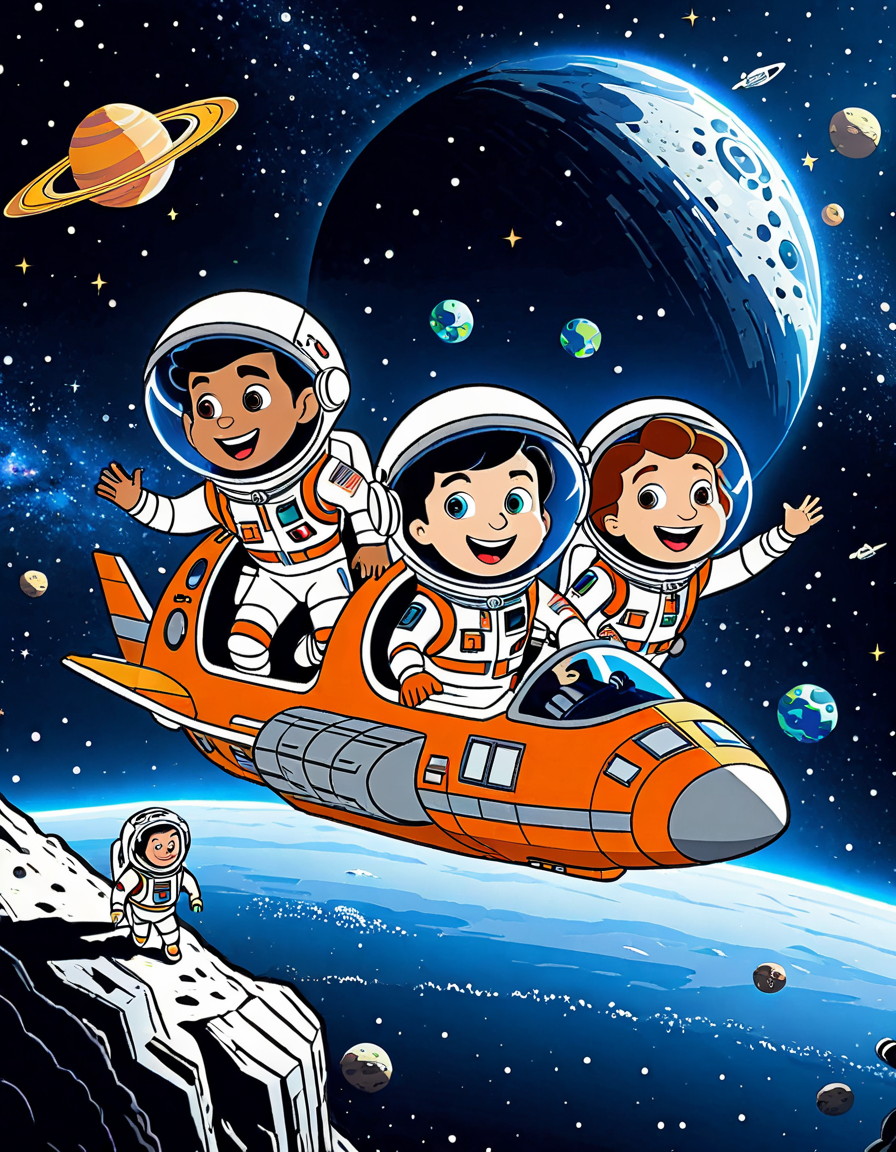
The Impact of Animated Characters Across Generations
The continuous allure of these animated characters stems from their ability to mirror cultural and societal trends, creating a rich sense of relevance. Characters like Elsa and Daria introduce viewers to narratives that tackle vital contemporary issues, embodying struggles and triumphs that resonate across generations. These relatable figures make profound statements while wrapping them in engaging, accessible formats.
Moreover, platforms like Netflix and Disney+ have spurred a resurgence of beloved classic series and innovative new content, ensuring these characters evolve while remaining relevant. Nostalgia thrives as parents share their animated heroes with their kids, fostering a sense of connection that carries through time. The dialogue that unfolds between generations about these characters enriches both familial bonds and cultural discussions.
Legacy and Evolution of Animation’s Most Loved Characters
As we move through 2026, animated characters continue to shape cultural discourse, serving as vital channels for exploring complex themes. These figures adapt to advanced animation techniques and shifts in storytelling approaches. They emphasize diversity, complexity, and relevance in ways that resonate with evolving audiences while maintaining the magic that makes animation resonate.
The heart of storytelling shines through the charm and relatability of animated characters, reminding us that, despite generational differences, we share a common language through these narratives. By adapting to the needs of adults and children alike, these iconic characters ensure that animated storytelling remains a vibrant pursuit. They invite us to dream big, laugh heartily, and consider life from different angles, creating a lasting impact that transcends time.
In conclusion, the tapestry woven by animated characters reflects the dreams, values, and realities of society. Their versatility ensures that they remain relevant, continuing to inspire and entertain generations of movie lovers. Whether you’re revisiting classics like Bugs Bunny or diving into new favorites like Rick and Morty, it’s clear that animated characters hold a special place in our hearts and culture. Ready to dive deeper into animated stories? Explore more about the rich history and compelling narratives woven through animation and celebrate the characters that shaped our lives!
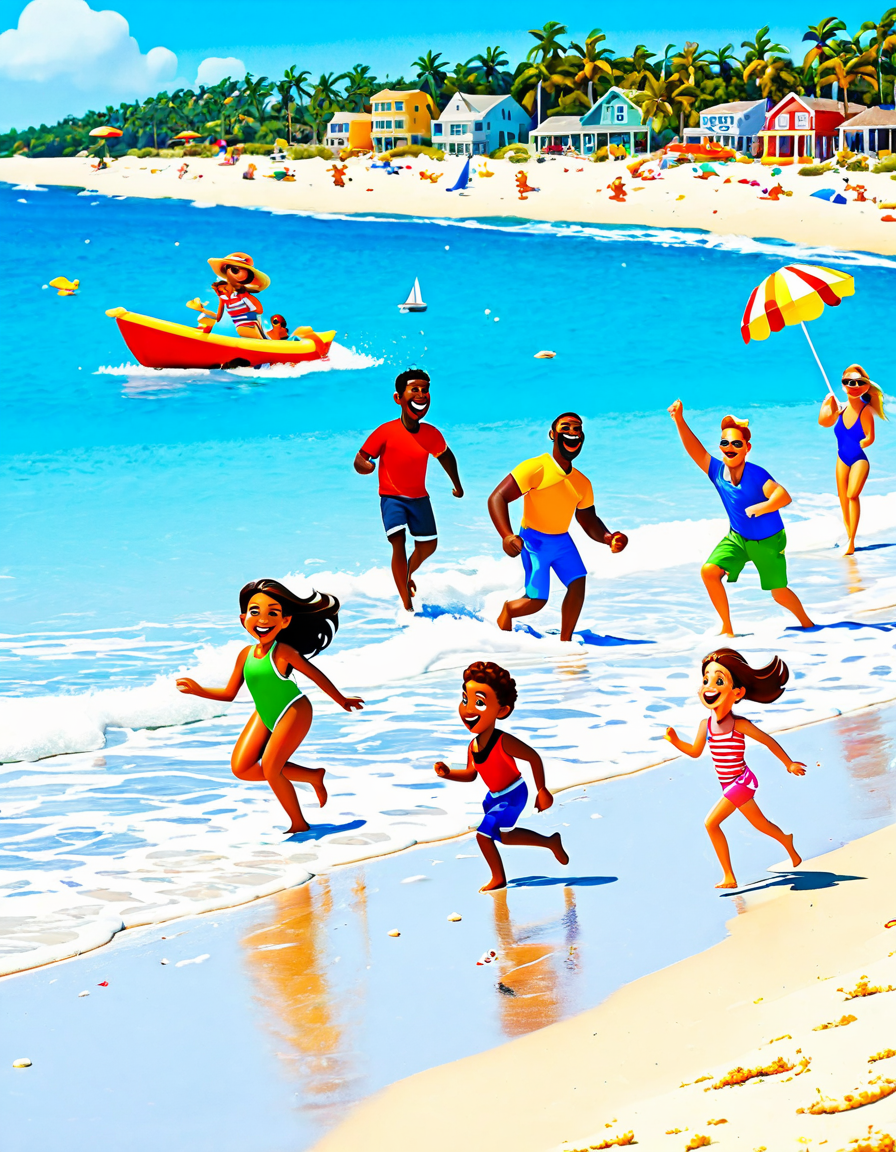
Animated Characters That Captivate Every Generation
Timeless Favorites
Animated characters are a staple of childhood across generations, often remembered fondly by adults who grew up watching them. For instance, did you know that the wildly popular anime “Mushoku Tensei” is set to have a season 3 release? It’s a testament to how animated tales can stand the test of time. Characters like this not only entertain but also inspire a sense of nostalgia in fans of all ages—something that’s relatable regardless of whether you grew up in the ’90s or the 2000s.
Cultural Icons
Characters such as Lady Bunny, often seen in drag performances, illustrate how animated personas can bridge cultural divides, becoming icons that resonate beyond their original audiences. Plus, the transformation of characters like Richie Aprile in shows like “The Sopranos” reminds us that animated characters often draw inspiration from complex personalities in real life. These animated figures encapsulate the essence of humor and grit, proving that storytelling, no matter the medium, knows no bounds.
Character Depth
The depth and creativity of animated characters contribute significantly to their staying power. For example, many viewers are still unraveling the mystery behind Who Is A in Pretty Little Liars? and how the twists and turns compare to various animated sagas. Moreover, the comedic ensemble found in Eagle Talon showcases how animated series can tackle societal issues with humor while providing entertaining scenarios, such as fabled quests or misadventures that keep audiences coming back for more.
In a different vein, the music duo Ajr, with their catchy tunes and relatable lyrics, often gets inspiration from animated shows, highlighting how these characters aren’t just for kids but resonate with adults too. It’s like a circle of inspiration that connects sectors like music, entertainment, and even finance—think about What Is a line Of credit and how it relates to the businesses behind store merchandising featuring these animated legends! Each animated character brings a bit of personality, relatability, and nostalgia, ensuring they captivate people for generations to come.
